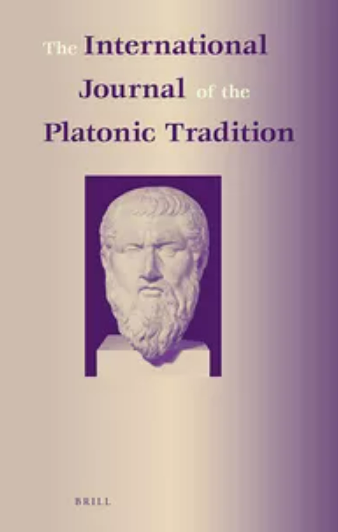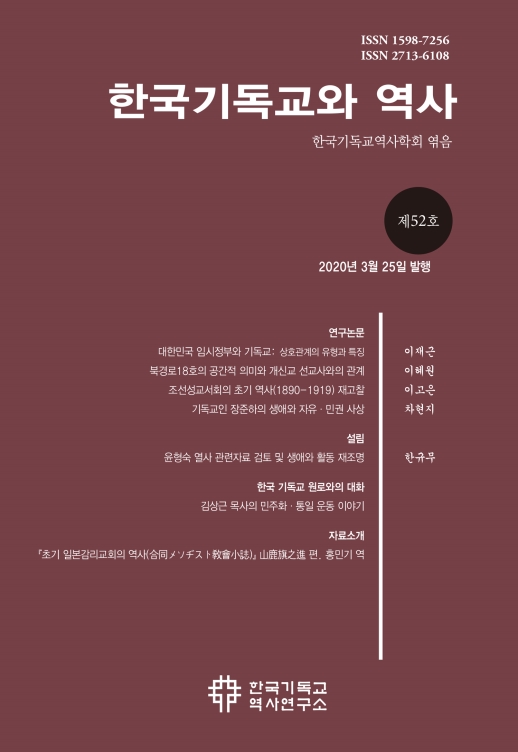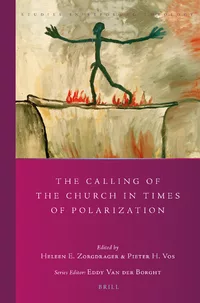https://doi.org/10.1163/18725473-bja10011
이 논문의 목적은 아우구스티누스(Augustine)의 아름다움(pulchrum) 개념이 플로티노스(Plotinus)의 아름다움 개념(엔네아데스 I. 6)과 관련이 있는지, 만약 그렇다면 어느 정도 관련이 있는지를 검토하는 것이다. 아우구스티누스의 아름다움 개념은 「선의 본성에 관하여」(De natura boni)를 중심으로 분석되며, 특히 존재론적 및 가치론적 차원에서 그가 선(bonum)을 존재(esse)와 동일시할 때 나타나는 다수성과 통일성을 고찰한다. 주요 분석 주제는 첫째, 양태(modus), 형상(species), 자연적 질서(ordo naturalis)의 결과물로서의 아름다움, 둘째, 추함(deformitas)의 원인으로서의 타락(corruptio)이다. 논문의 1부에서는 아우구스티누스가 존재(esse)를 선(bonum) 및 아름다움(pulchrum)과 동일시하는 것을 설명하고자 한다. 2부에서는 「엔네아데스」 I. 6에 명시된 플로티노스의 아름다움 개념을 분석하며, 그가 아름다운 것(to kalon)과 선한 것(to agathon)을 동일시하는 것을 고찰한다. 분석 주제는 첫째, 아름다움의 원인으로서의 형상(form) 개념, 둘째, 부분적이거나 절대적인 형상의 결여로서의 추한 것(to aischron)이다. 이 부분에서는 플로티노스가 존재와 통일성에 대해 성찰한 내용을 분석함으로써 그의 선 개념이 어떻게 아름다움의 본성을 산출하는지를 설명하고자 한다. 3부에서는 추함과 비존재(non-being)를 동일시하는 데 있어서 플로티노스와 아우구스티누스의 차이점을 질료(matter) 개념과 관련하여 고찰한다. 분석 주제는 첫째, 질료와 추한 것(to aischron)을 동일시하는 플로티노스의 입장, 둘째, 질료를 '형상들을 수용하는 능력'(capacitas formarum)으로 본 아우구스티누스의 개념이다. 결론적으로, 질료를 추함과 일치시키는 플로티노스의 개념은 아우구스티누스와 플로티노스의 존재론적-가치론적 틀 사이에 큰 이론적 차이가 있음을 증명할 것이다.
The aim of this paper is to examine whether and, if so, how far, the Augustinian notion of pulchrum is related to Plotinus’ concept of beauty, as it appears in Ennead I. 6. The Augustinian notion of beauty will be analyzed by focusing on the De natura boni, considering plurality and unity in Augustine’s identification of bonum with esse, both in their ontological and axiological dimensions. Topics selected for special consideration will be, first, beauty as outcome of modus, species and ordo naturalis (De nat. b. 14), and, secondly, corruptio as cause of deformitas (De nat. b. 15). The first part of the paper will attempt to explain the Augustinian identification of esse with bonum and pulchrum (De nat. b. 23).The second part will analyze Plotinus’ notion of beauty, as spelled out in Ennead I. 6, considering the Plotinian identity of to kalon and to agathon. Topics selected for analysis will be, first, the concept of form as cause of beauty (Enn. I. 6.2-3), and secondly, the notion of to aischron as partial or absolute lack of form (Enn. I. 6.2). The second part of the paper will attempt to explain Plotinus’ concept of good as yielding the nature of beauty through an analysis of Plotinus’ reflections on being and unity (Enn. I. 6.2-3). The third part of this paper will consider the differences between Plotinus’ and Augustine’s identity of ugliness and non-being, as related to the notion of matter. Topics selected for analysis will be, firstly, Plotinus’ identity of matter and to aischron (Enn. I. 6.5-6), and, secondly, Augustine’s concept of matter as capacitas formarum (De nat. b. 18). The conclusion will prove how Plotinus’ concept of matter as coinciding with ugliness (Enn. I. 6.6) shows a wide theoretical difference between Augustine’s and Plotinus’ ontological-axiological patterns.







